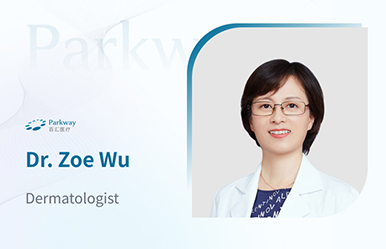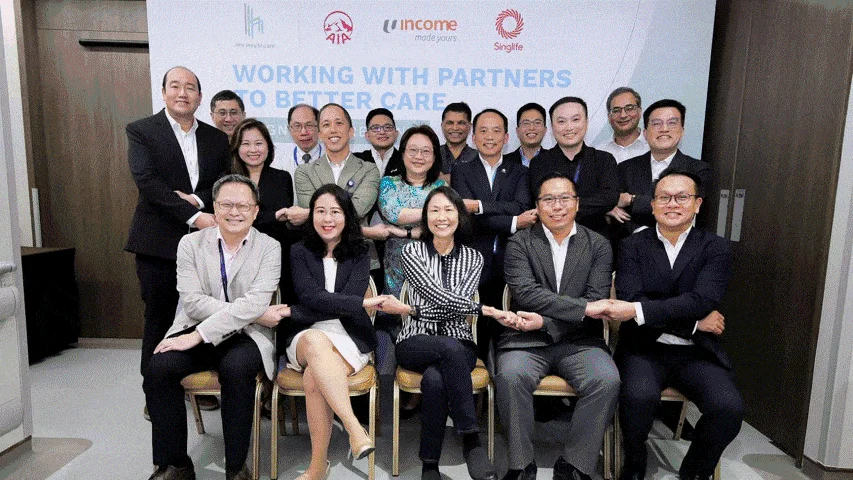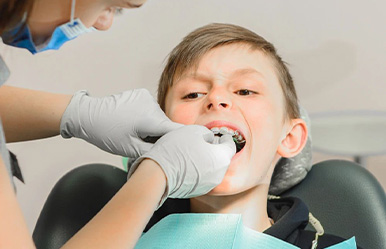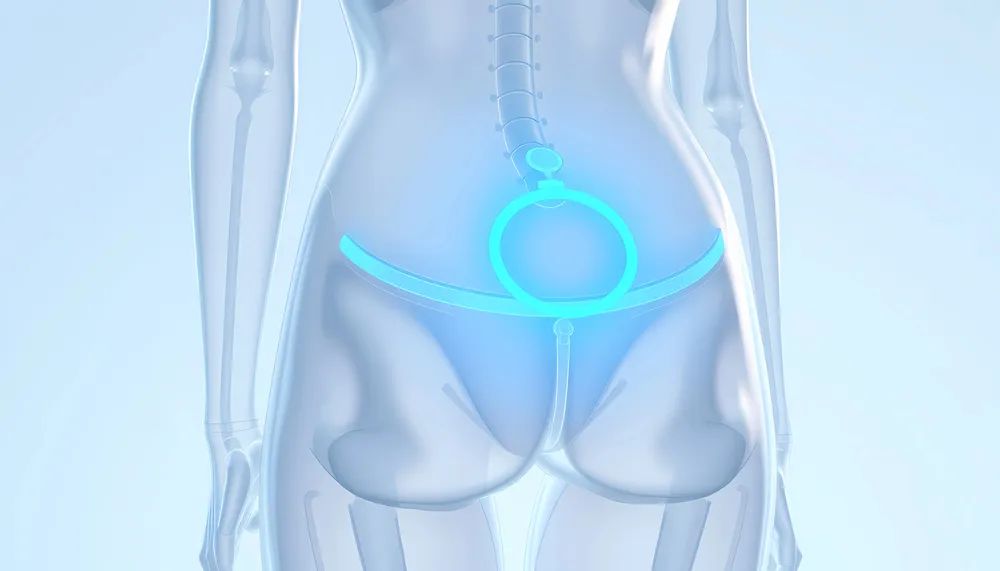Rotator Cuff Tear: Symptoms and Treatment
2022-08-17
PARKWAY 百汇医疗 A rotator cuff tear can worsen over time if left untreated. It is important to get it properly diagnosed and seek the right treatment. Learn to identify the signs of a rotator cuff tear and understand your treatment options. Your rotator cuff comprises a group of 4 muscles and tendons around your shoulder joint. Its purpose is to stabilize the joint and enable you to lift and rotate your arm. What is a rotator cuff tear? A rotator cuff tear is a tear in the muscles or tendons that form the rotator cuff. This can happen slowly over time through repetitive wear and tear (degenerative tear), or suddenly from a fall or from lifting something heavy (acute traumatic tear). When you are diagnosed with a rotator cuff tear, your doctor will want to know the degree of the damage– partial or full tear – before advising on the appropriate treatment. A partial thickness tear, commonly referred to as a partial tear, refers to how deep the tear is in the tendon. A full thickness tear is when the tear goes through the tendon. Such tears are typically diagnosed via magnetic resonance imaging (MRI). What are signs you may have a rotator cuff tear? A rotator cuff tear that is not treated will get worse over time, which will make treatment and recovery more challenging. If you are unsure if your shoulder pain is just a strain or something more serious, look out for any of the following symptoms, and get your shoulder checked by a doctor without further delay. Pain when you move your arm in a certain way or when you lie on it General weakness in your shoulder Inability to lift the weights you can normally lift Difficulty raising your arm Feeling or hearing popping noises when you move your arm Will you require surgery? If you have a partial tear of less than 5mm in size, it is likely the injury will heal without surgery as long as you follow the correct rehabilitative exercises. Your doctor will prescribe pain killers and anti-inflammatory medication to help in the healing process. You will be referred to a physiotherapist to go through exercises you can do at home. These exercises are designed to gradually allow your shoulder to heal, and help it return to normal function. Your physiotherapist will also advise you on what you can and cannot do so that you don’t damage your rotator cuff further during the healing process. If physiotherapy is ineffective or you have a full tear, surgery will be your best option to stitch the torn tendon or reattach it to the bone. What surgery options are there? Depending on your injury, your surgeon will recommend one of the 4 types of surgical procedures available: Arthroscopic tendon repair. Your surgeon will make tiny incisions in your shoulder and insert a tiny camera (arthroscope) and tools through the incisions to fix the tear or reattach the torn tendon to the bone. Recovery time will be quicker with this minimally invasive technique. Open tendon repair. If your surgeon needs more room to work due to the extent of the injury, they will make a larger incision and operate in this open environment to reattach the damaged tendon to the bone. If the torn tendon is too damaged to be reattached, your surgeon may decide to use a nearby tendon as a replacement. Mini-open tendon repair. This is a combination of the above 2 methods, where the operation starts with an arthroscope and ends with a larger incision so that larger instruments can be used. Reverse shoulder replacement. If you have a massive rotator cuff injury, your surgeon may recommend shoulder replacement surgery, where an artificial joint is inserted. The ball part of the joint goes onto the shoulder blade and the socket part onto the arm bone. How long will it take to recover? How fast you recover and can get back to normal activities depends on: Thesize of the tear How long the injury was left untreated The type of surgery you have The smaller the tear and the sooner it is treated with a minimally invasive procedure, the faster you will heal. But do be warned: Recovery from this type of injury is a slow process and can take as long as a year before you have full range of motion around the shoulder.








